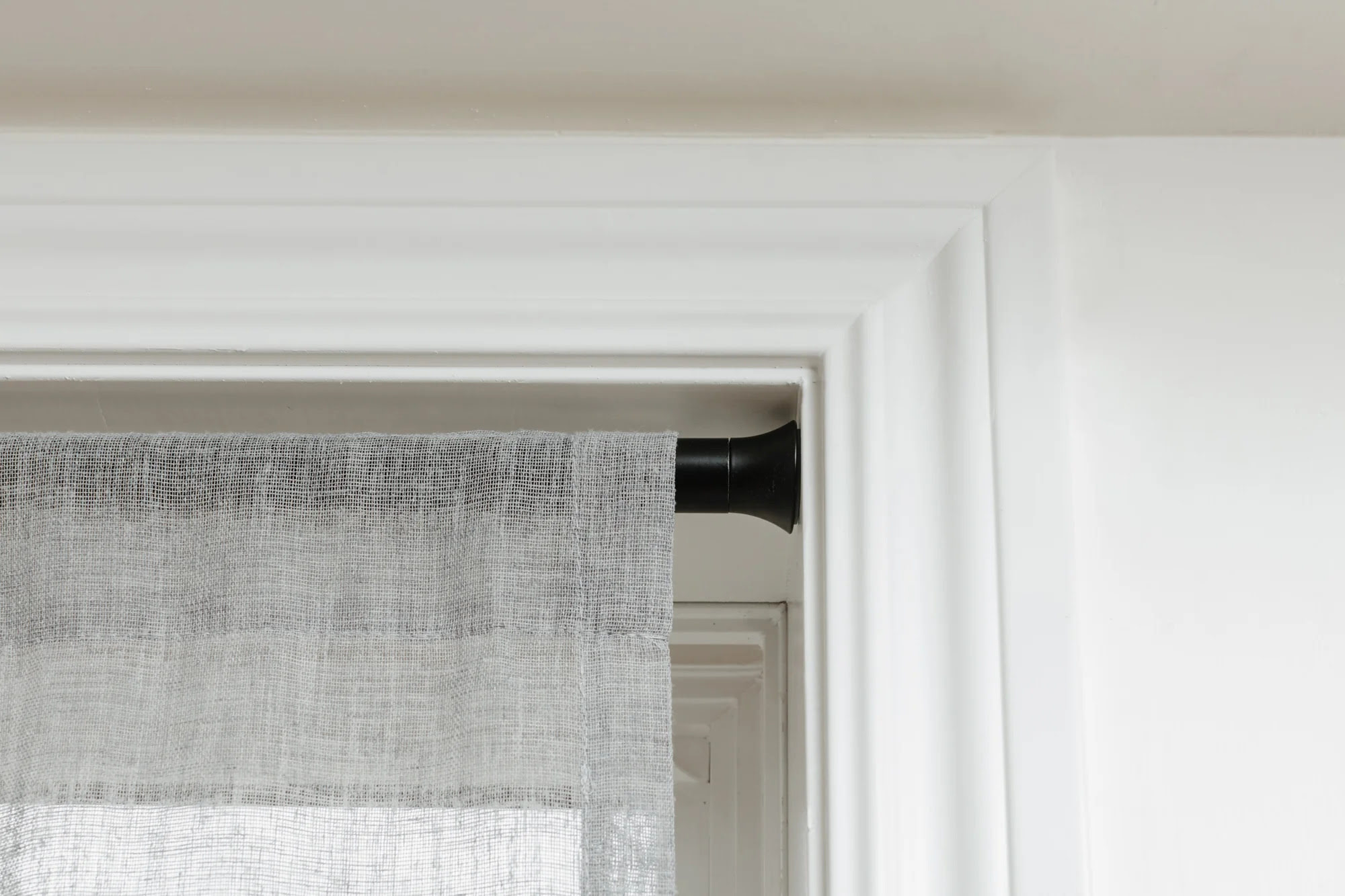

Articles
How To Use Tension Rod For Curtains
Modified: October 20, 2024
Learn how to effectively use tension rods for hanging curtains in your home with these informative articles.
(Many of the links in this article redirect to a specific reviewed product. Your purchase of these products through affiliate links helps to generate commission for Storables.com, at no extra cost. Learn more)
Introduction
When it comes to dressing up your windows and adding a touch of privacy to your home, curtains play a significant role. They not only enhance the aesthetic appeal of a room but also provide practical benefits such as controlling the amount of light and maintaining the desired level of privacy. And in order to hang curtains effectively, you need a reliable and convenient solution – the tension rod.
A tension rod, also known as a spring rod or a pressure rod, is a versatile and easy-to-use tool that eliminates the need for drilling or attaching traditional curtain rods to your walls. It offers a simple yet effective way to hang curtains and other window treatments securely, without causing any damage to your walls or window frames.
In this article, we will explore the uses, benefits, and installation process of tension rods for curtains. Whether you are a homeowner, a renter, or simply looking for a temporary window solution, tension rods can be your go-to option.
So, let’s dive in and discover the wonders of using tension rods for curtains!
Key Takeaways:
- Tension rods offer a hassle-free and damage-free solution for hanging curtains, eliminating the need for drilling or hardware. Their adjustability, versatility, and ease of installation make them a practical choice for homeowners and renters.
- When using tension rods for curtains, consider factors such as length, weight capacity, material, and style to ensure a seamless and visually pleasing window treatment setup. Implementing tips and tricks can further enhance the functionality and versatility of tension rods.
Read more: How To Install A Curved Tension Shower Rod
What is a tension rod?
A tension rod is a type of curtain rod that is designed to be installed without the need for screws, brackets, or drilling. It consists of a long, adjustable metal rod with a spring mechanism inside. The rod is typically made of steel or aluminum, which provides it with strength and durability.
The unique feature of a tension rod is its ability to create tension or pressure between two surfaces, such as walls or window frames. This tension is what holds the rod securely in place, eliminating the need for any additional hardware.
Tension rods come in various sizes and designs to accommodate different window widths and curtain types. They can be adjusted to fit snugly within the window frame or wall opening, providing a stable and reliable support for your curtains.
These rods are versatile and can be used not only for hanging curtains but also for a variety of other purposes. For example, you can use a tension rod to create a temporary room divider, hang lightweight fabrics for visual appeal, or even support shower curtains in your bathroom.
One of the key advantages of tension rods is their ease of installation. Unlike traditional curtain rods, which often require drilling holes and using power tools, tension rods can be installed within minutes and with minimal effort. They are an ideal solution for individuals living in rented spaces or those who do not want to leave permanent marks on their walls.
Now that we have a basic understanding of what tension rods are, let’s explore the benefits they offer for hanging curtains in your home.
Benefits of using a tension rod for curtains
Using a tension rod for curtains comes with a multitude of benefits. Here are some of the advantages that make them a popular choice among homeowners:
- No drilling or hardware required: One of the main advantages of using a tension rod is that it eliminates the need for drilling holes or attaching brackets to your walls. The spring mechanism of the rod creates tension between the surfaces, securely holding it in place. This means you can quickly and easily install or remove the tension rod without causing any damage to your walls or window frames.
- Adjustable and customizable: Tension rods are highly adjustable, allowing you to fit them to the specific width of your window frame or opening. This flexibility makes them suitable for a variety of window sizes. Additionally, most tension rods come with an extendable feature that allows you to find the perfect fit for your curtains.
- Temporary or portable solution: Tension rods are a fantastic option for individuals living in rented spaces or those who frequently move. They offer a temporary and portable solution for hanging curtains, without the need for permanent fixtures. You can easily take down the rod and reinstall it in a new location as needed.
- Cost-effective: Compared to traditional curtain rods, tension rods are typically more affordable. They are a cost-effective alternative that doesn’t compromise on functionality or style. Whether you have a tight budget or simply prefer a practical solution, tension rods offer great value for your money.
- Versatility: While tension rods are primarily designed for hanging curtains, their versatile nature allows them to be used for various purposes. You can utilize tension rods to hang lightweight fabrics, create room dividers, or even support shower curtains in your bathroom. Their flexibility and adaptability make them a valuable addition to any home.
- No damage to walls: Traditional curtain rods often require drilling holes, which can leave permanent marks or damage your walls. With tension rods, you can enjoy the benefits of curtains without worrying about unsightly holes or repairs. They provide a hassle-free solution for adding privacy and style to your windows.
Now that we know the advantages of using tension rods for curtains, let’s move on to selecting the right tension rod for your specific needs.
Choosing the right tension rod for your curtains
When it comes to choosing a tension rod for your curtains, there are a few factors to consider to ensure the perfect fit and function. Here are some key points to keep in mind:
- Length and size: Measure the width of your window or the space where you want to hang your curtains. Choose a tension rod that extends slightly beyond that measurement to ensure a snug fit. Most tension rods are adjustable and can accommodate a range of sizes, so look for one that matches your specific needs.
- Weight capacity: Consider the weight of your curtains before selecting a tension rod. Some tension rods are designed to handle lightweight fabrics, while others are sturdier and can support heavier drapes. Take into account the type and thickness of your curtains to ensure that the tension rod can hold them securely without sagging or bending.
- Material: Tension rods are commonly made of steel or aluminum, both of which offer durability and strength. Steel rods tend to be stronger and more rigid, making them suitable for heavier curtains. Aluminum rods are lightweight and ideal for lighter fabrics. Choose the material that best suits your needs and preferences.
- Style: Tension rods come in various styles and finishes to complement your interior decor. You can find tension rods in different colors, such as black, white, or metallic tones, allowing you to match them with your curtain hardware or blend them seamlessly with your walls.
- Additional features: Some tension rods come with added features to enhance functionality. For example, you can find tension rods with rubber end caps to prevent slipping or scratching on the surfaces they touch. Others may have a locking mechanism or a ratchet system for easy adjustment and removal.
- Customer reviews and recommendations: Before making a purchase, it’s a good idea to read customer reviews and recommendations for the specific tension rod you are considering. This will give you insights into the quality, ease of installation, and overall satisfaction of other users.
By considering these factors, you can choose a tension rod that not only fits your curtains perfectly but also provides the stability and functionality you need. Once you have selected the right tension rod, it’s time to install it and hang your beautiful curtains.
In the next section, we will guide you through the installation process of a tension rod for curtains, ensuring a hassle-free and secure setup.
Installation of a tension rod for curtains
Installing a tension rod for curtains is a simple and straightforward process. Here are the steps to follow:
- Measure and adjust: Measure the width of your window or the space where you want to hang your curtains. Take note of this measurement for selecting the appropriate tension rod size. Next, adjust the tension rod to its shortest length by twisting or turning the rod in the middle, typically in a clockwise direction.
- Positioning: Position the tension rod at the desired height within the window frame or wall opening. Hold one end of the rod against one side of the window frame, then extend the other end to the opposite side. Apply gentle pressure to create tension and make sure the rod is secure and properly positioned.
- Extending the rod: Once the tension rod is in place, continue turning or twisting the rod in the same direction to extend it further. This will increase the tension and secure the rod tightly within the window frame or wall opening. Keep extending the rod until it fits snugly, ensuring it is level and straight.
- Testing: Give the tension rod a slight shake or tap to ensure it is securely held in place. It should not move or come loose. If it feels unstable, adjust the tension by twisting the rod in the opposite direction until it fits tightly.
- Final adjustments: Once you are satisfied with the position and stability of the tension rod, make any necessary adjustments to align it properly. Ensure that the rod is level and parallel to the ground for a pleasing visual effect.
- Hang your curtains: With the tension rod securely installed, it’s time to hang your curtains. Simply slide the curtain panels or rings onto the rod, distributing them evenly along the length. Adjust the curtains as needed to achieve your desired appearance.
Following these steps will help you properly install a tension rod for your curtains. Remember to check the stability of the rod periodically and make any adjustments if needed. Tension rods offer a convenient and reliable solution for hanging curtains without the need for drilling or permanent fixtures.
Next, we will explore how to adjust and remove the tension rod when necessary, allowing you to change curtains or make adjustments effortlessly.
When using a tension rod for curtains, make sure to measure the width of your window accurately before purchasing the rod. This will ensure a snug and secure fit for your curtains.
Adjusting and removing the tension rod
Adjusting or removing a tension rod for curtains is a simple process that can be done without any tools or additional assistance. Here’s how:
- Adjusting the tension: If you need to adjust the tension of the rod, start by placing one hand on each end. Twist or turn the rod in the opposite direction of its installation to release the tension. This will loosen the rod and allow you to make the necessary adjustments. Once you’ve made the adjustments, twist or turn the rod back in the original direction to increase the tension and secure it in place.
- Removing the tension rod: To remove the tension rod entirely, start by twisting or turning it in the opposite direction of its installation to release the tension. This will loosen the rod and make it easier to remove. Once the rod is loose, carefully pull it out from one side of the window frame or wall opening. If the rod is too tight or difficult to remove, you can tap it gently with a rubber mallet or use a cloth to provide a better grip while pulling it out.
- Reinstalling the tension rod: If you need to reinstall the tension rod in the same location or a different one, follow the installation steps mentioned earlier. Adjust the rod to its shortest length, position it within the window frame or wall opening, and extend it while applying pressure to create tension. Make any necessary adjustments to ensure proper fit and stability.
Adjusting and removing a tension rod is a quick and hassle-free process. It allows you to effortlessly change curtains, make adjustments, or even move the rod to a different location if needed. The versatility and convenience of tension rods make them a popular choice for homeowners and renters alike.
Now that we have covered the installation, adjustment, and removal of tension rods, let’s explore some tips and tricks to help you make the most of this versatile curtain hanging solution.
Tips and tricks for using a tension rod effectively
To maximize the functionality and effectiveness of your tension rod for curtains, consider implementing these tips and tricks:
- Secure the rod on clean surfaces: Before installing the tension rod, make sure that the surfaces it will be in contact with, such as the window frame or wall, are clean and free from dust or residue. This will help the rod grip better and prevent it from slipping or falling.
- Avoid overloading: While tension rods are designed to hold curtain weight, it’s important not to overload them. Consider the weight of your curtains and choose a tension rod with an appropriate weight capacity. If you have heavier curtains, consider using multiple tension rods or additional support brackets for added stability.
- Use curtain rings or clips: To ensure smooth and easy movement of your curtains, especially if they have grommets or loops, consider using curtain rings or clips. Simply attach them to the top of the curtain and slide them onto the tension rod. This will allow your curtains to glide effortlessly along the rod when opening or closing.
- Add curtain tie-backs: To keep your curtains neatly held to the side when open, consider using curtain tie-backs or holdbacks. These decorative accessories can be attached to the wall near the sides of the window and used to hold the curtains in place. This not only enhances the aesthetics but also allows more natural light to filter into the room.
- Pair with sheer curtains: If privacy is a concern but you still want to allow natural light into your space, consider pairing your main curtains with sheer or lightweight curtains. Hang the sheer curtains on a separate tension rod behind the main curtains. This will allow you to adjust the level of privacy and light according to your preference.
- Experiment with different uses: Don’t limit your tension rods to just hanging curtains. Explore other creative uses such as hanging lightweight artwork, organizing scarves or belts, creating a plant hanger, or even hanging kitchen utensils. The possibilities are endless, so let your imagination guide you!
By implementing these tips and tricks, you can make the most of your tension rod for curtains and enjoy a functional and stylish window treatment solution.
Now, let’s address some commonly asked questions about using tension rods for curtains.
Frequently asked questions about using tension rods for curtains
Here are answers to some common questions about using tension rods for curtains:
- Can tension rods hold heavy curtains?
- Can tension rods be used on all types of windows?
- Do tension rods damage window frames or walls?
- Can tension rods be used for blackout curtains?
- Can tension rods be used for outdoor curtains?
Yes, tension rods can hold heavy curtains, but it’s important to choose a rod with an appropriate weight capacity. Consider the weight of your curtains and select a tension rod designed for heavier fabrics. Additionally, using multiple rods or additional support brackets can provide added stability for heavier curtain panels.
Tension rods are versatile and can be used on various types of windows, including standard windows, casement windows, and even sliding doors. However, it’s essential to measure the width and height of your window to ensure a proper fit. Some tension rods also come with different mounting options, such as inside mount or outside mount, to accommodate different window styles.
Tension rods are designed to be installed without drilling or causing damage to window frames or walls. However, it’s crucial to ensure that the surfaces where the rod will be placed are clean and free from dust or residue. This will help the rod grip better and reduce the risk of any marks or damage.
Tension rods can be used with blackout curtains, but it’s important to consider the weight of the curtains and the weight capacity of the tension rod. Blackout curtains are typically heavier due to their multiple layers and light-blocking material. Choose a tension rod with a higher weight capacity to ensure it can securely hold the weight of the curtains without sagging or bending.
Tension rods are primarily designed for indoor applications and may not withstand outdoor conditions. Exposure to elements like rain, sunlight, and extreme temperatures can cause the rods to deteriorate over time. If you want to hang outdoor curtains, it’s best to explore other curtain rod options specifically designed for outdoor use.
If you have any other questions or concerns about using tension rods for curtains, it’s always best to consult the manufacturer’s guidelines or seek advice from a professional.
Now, let’s wrap up our discussion on tension rods for curtains.
Conclusion
Tension rods offer a simple yet effective solution for hanging curtains in your home. With their easy installation, adjustability, and versatility, they have become a popular choice among homeowners and renters alike. Whether you want to enhance privacy, control light, or add a decorative touch to your windows, tension rods provide a hassle-free and damage-free option.
We explored the various benefits of using tension rods for curtains, including the absence of drilling or hardware, their adjustability, and cost-effectiveness. These rods offer a temporary or portable solution that can be easily installed, adjusted, and removed as needed.
Choosing the right tension rod involves considering factors such as length, weight capacity, material, and style. By selecting a rod that fits your curtains and matches your interior decor, you can ensure a seamless and visually pleasing window treatment setup.
Installation of a tension rod is a straightforward task that requires no tools or additional assistance. Simply follow the step-by-step process of positioning, extending, and securing the rod within your window frame or wall opening. Adjusting or removing the tension rod is equally effortless, allowing you to make necessary changes or relocate the rod without any hassle.
To make the most of your tension rod for curtains, consider implementing some tips and tricks such as securing the rod on clean surfaces, avoiding overloading, using curtain rings or clips, and exploring different uses beyond hanging curtains. These practices can further enhance the functionality and versatility of your tension rod setup.
Lastly, we addressed common questions about using tension rods for curtains, such as their weight capacity, compatibility with different window types, potential for damage, and suitability for specific curtain types.
In conclusion, tension rods provide a convenient and effective solution for hanging curtains, offering flexibility, simplicity, and style. Whether you are looking for a temporary or long-term curtain hanging option, tension rods prove to be a practical and reliable choice.
Now that you have a better understanding of tension rods for curtains, it’s time to explore the possibilities they offer and transform your windows into beautiful focal points within your home.
Now that you've mastered using tension rods for curtains, why not dive into more creative endeavors around your home? Our next guide discusses the perks of engaging in DIY projects. These tasks not only personalize your space but also offer satisfaction and potential savings. Curious about diving into this fulfilling hobby? Check out our insights on what makes DIY projects so appealing.
Frequently Asked Questions about How To Use Tension Rod For Curtains
Was this page helpful?
At Storables.com, we guarantee accurate and reliable information. Our content, validated by Expert Board Contributors, is crafted following stringent Editorial Policies. We're committed to providing you with well-researched, expert-backed insights for all your informational needs.
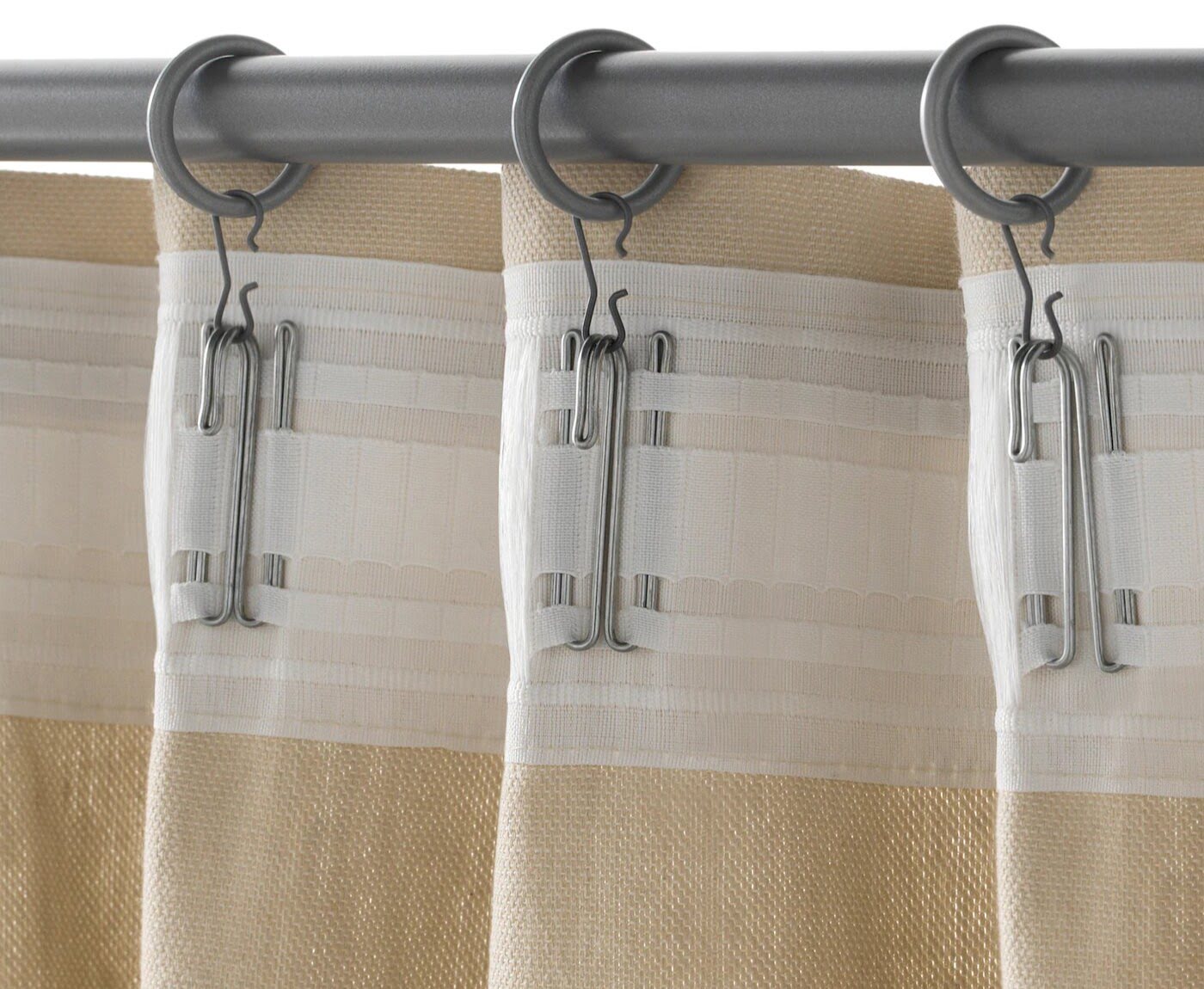
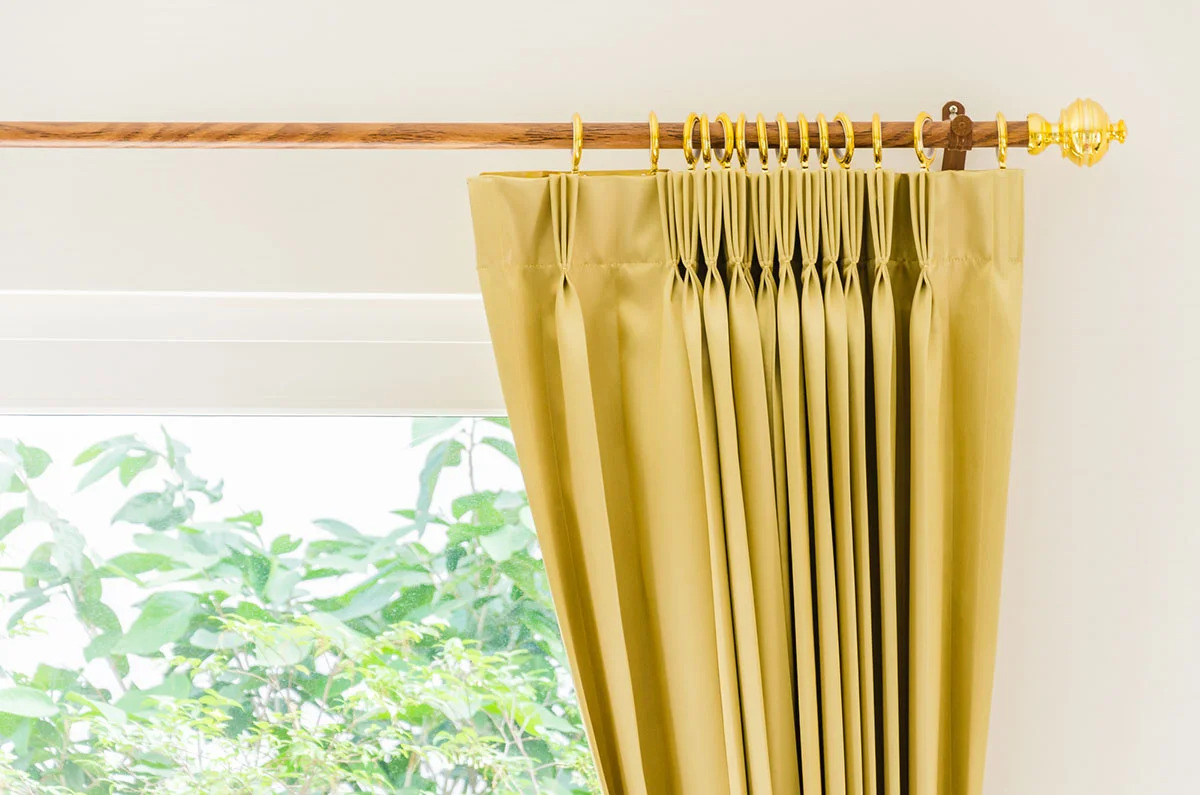
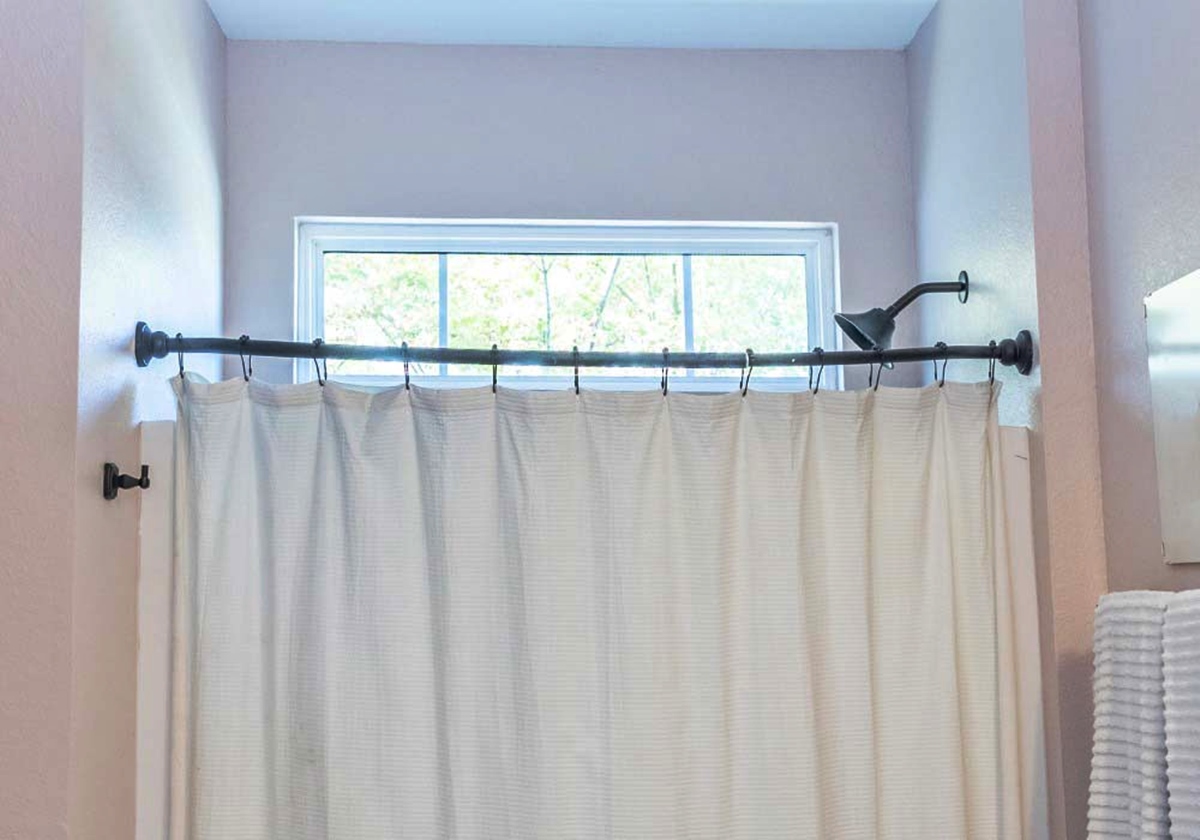
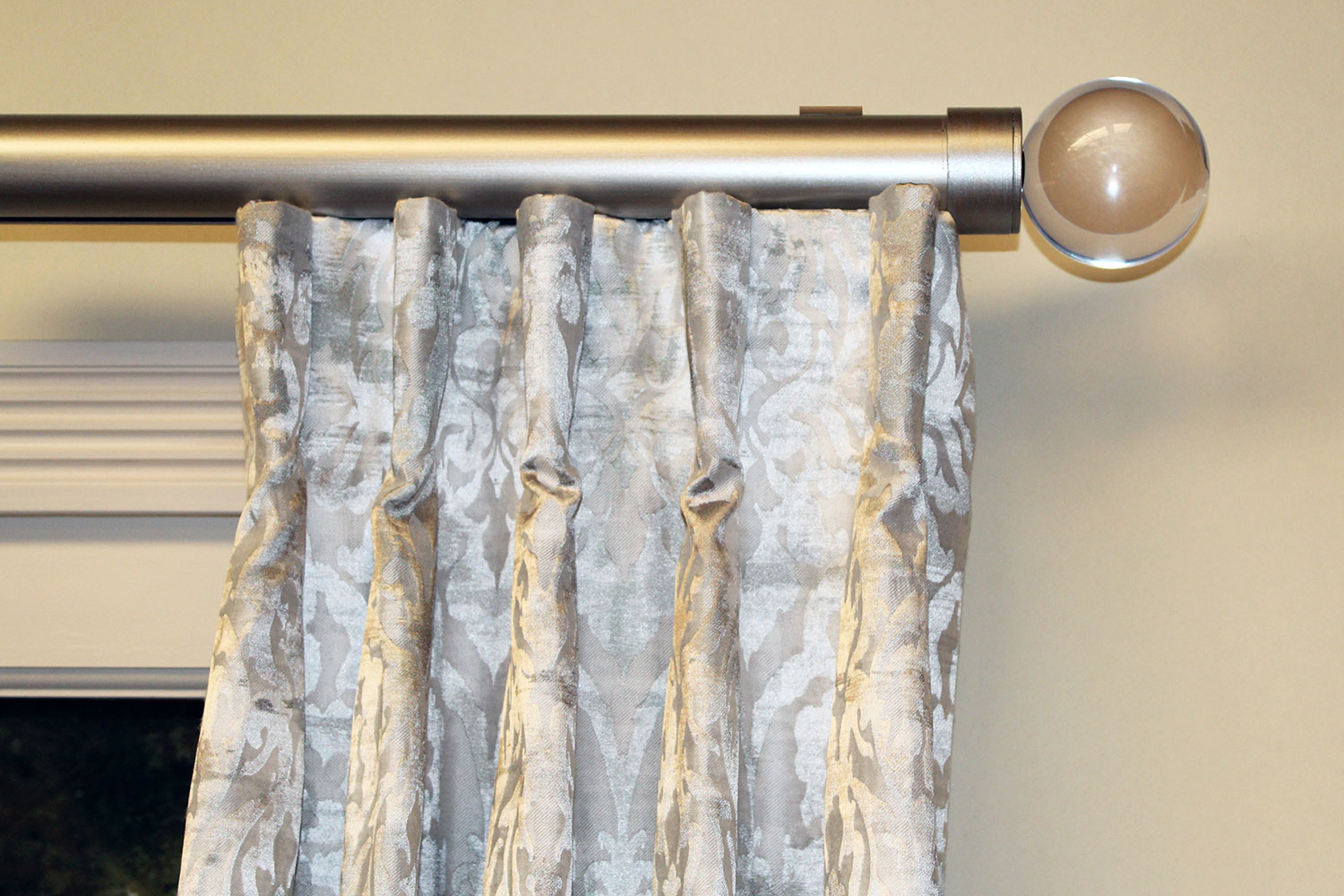
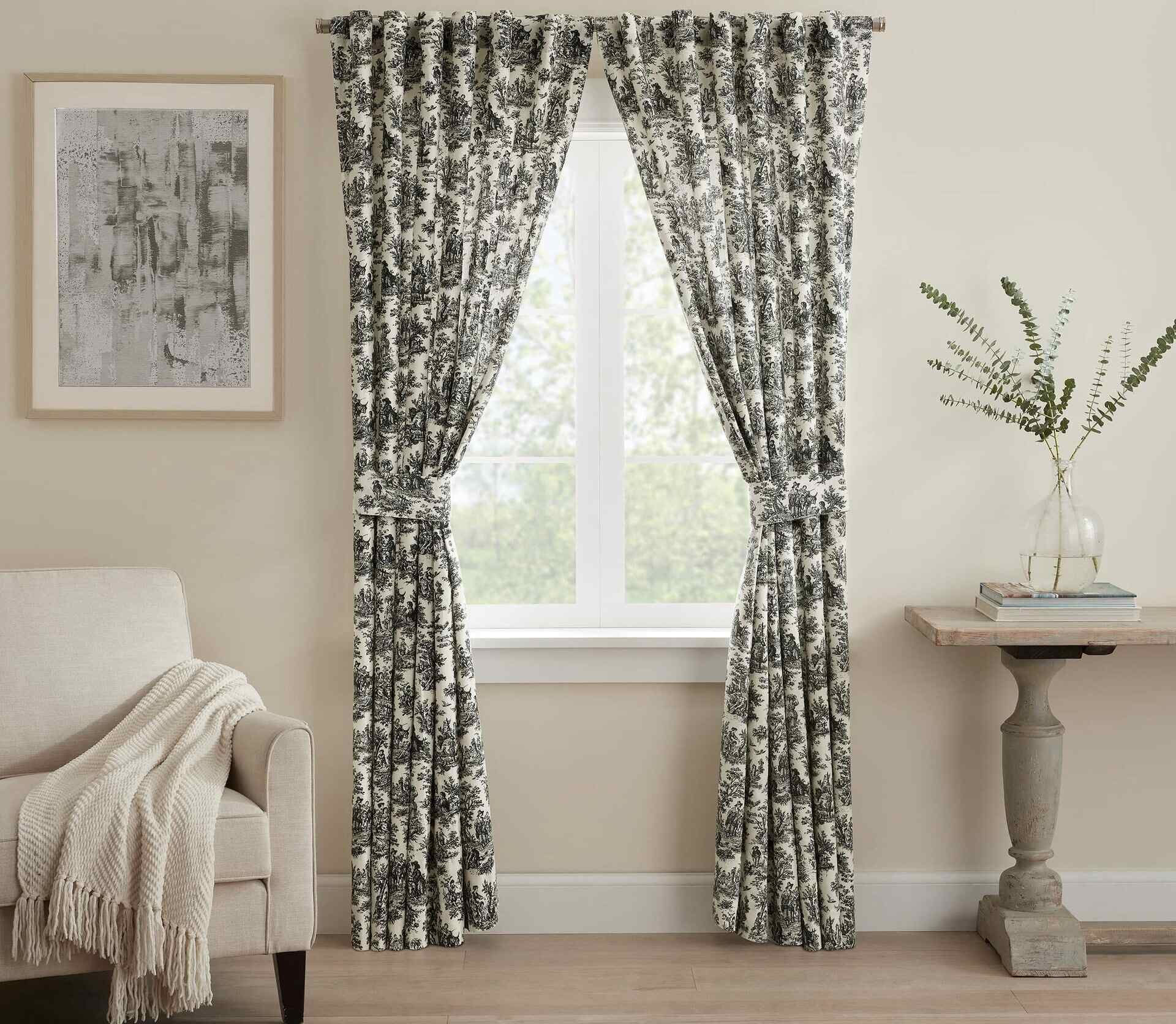
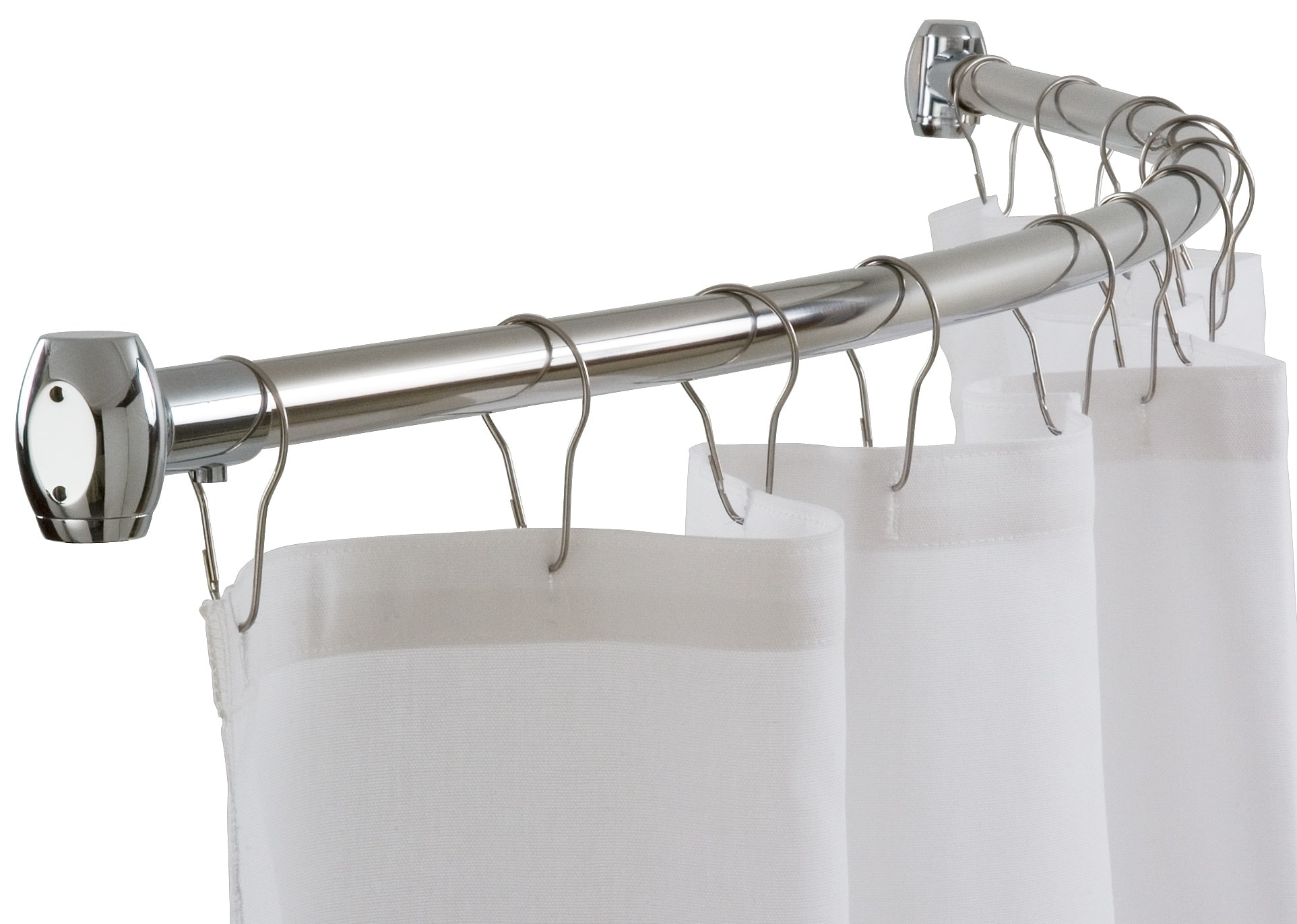
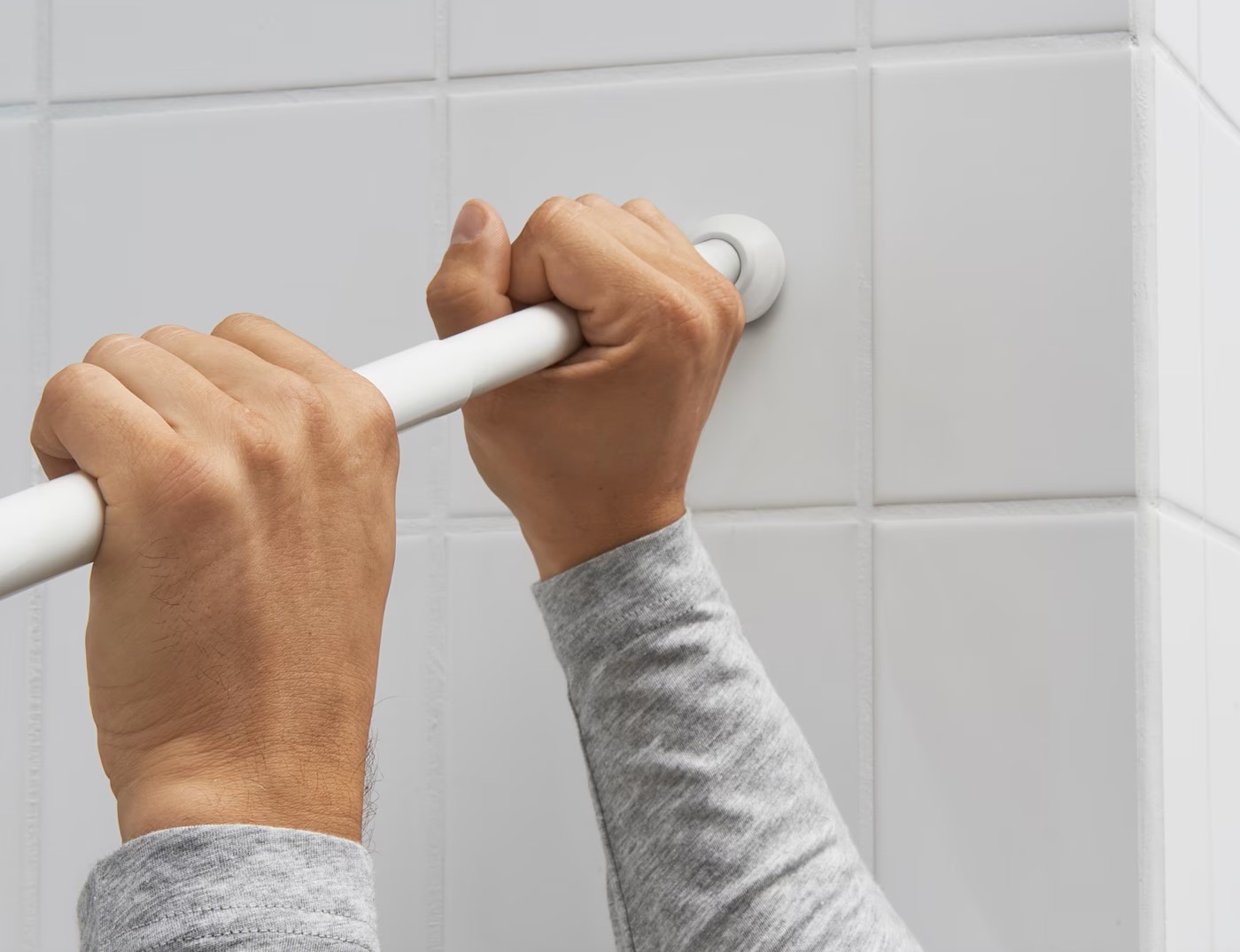
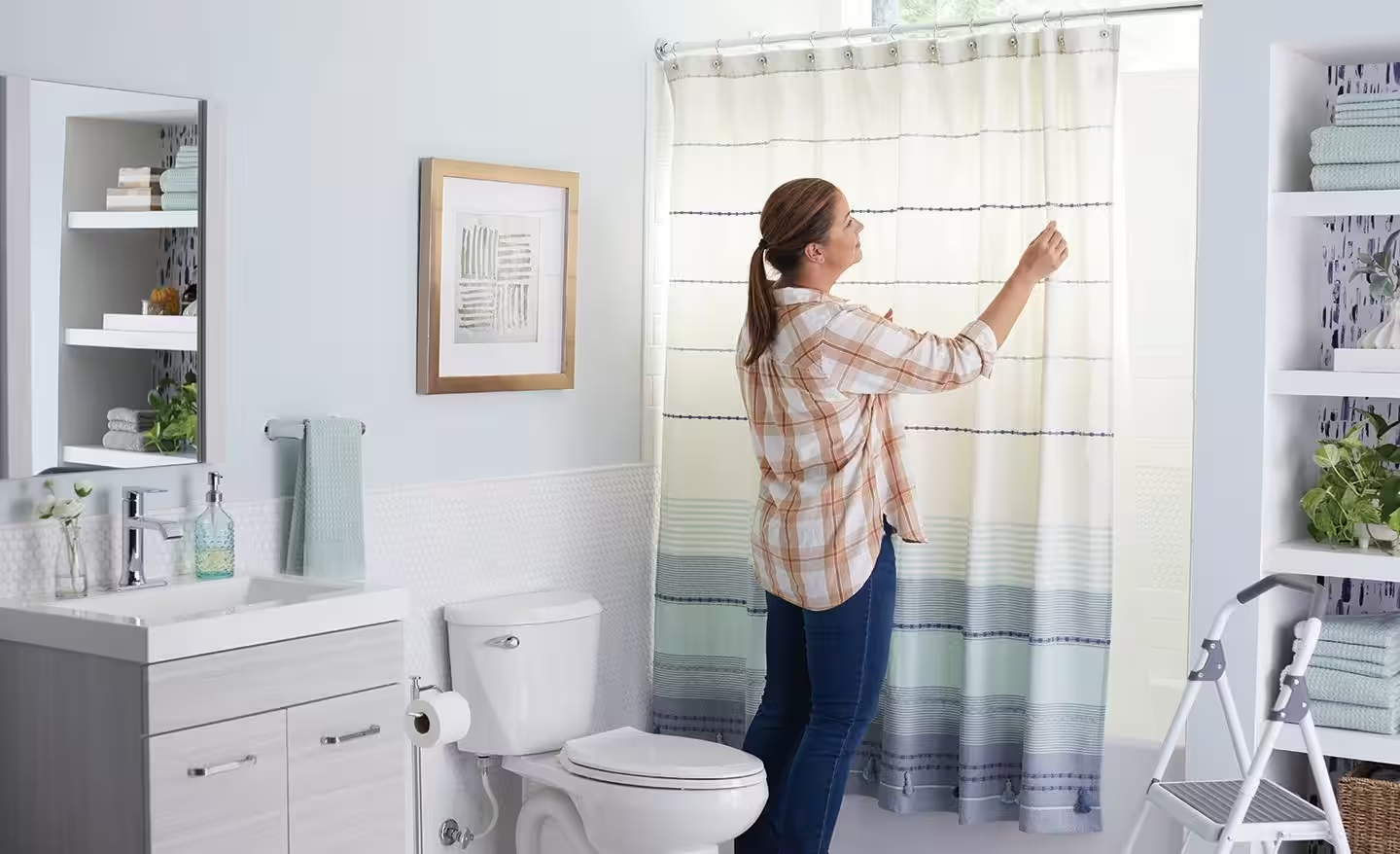
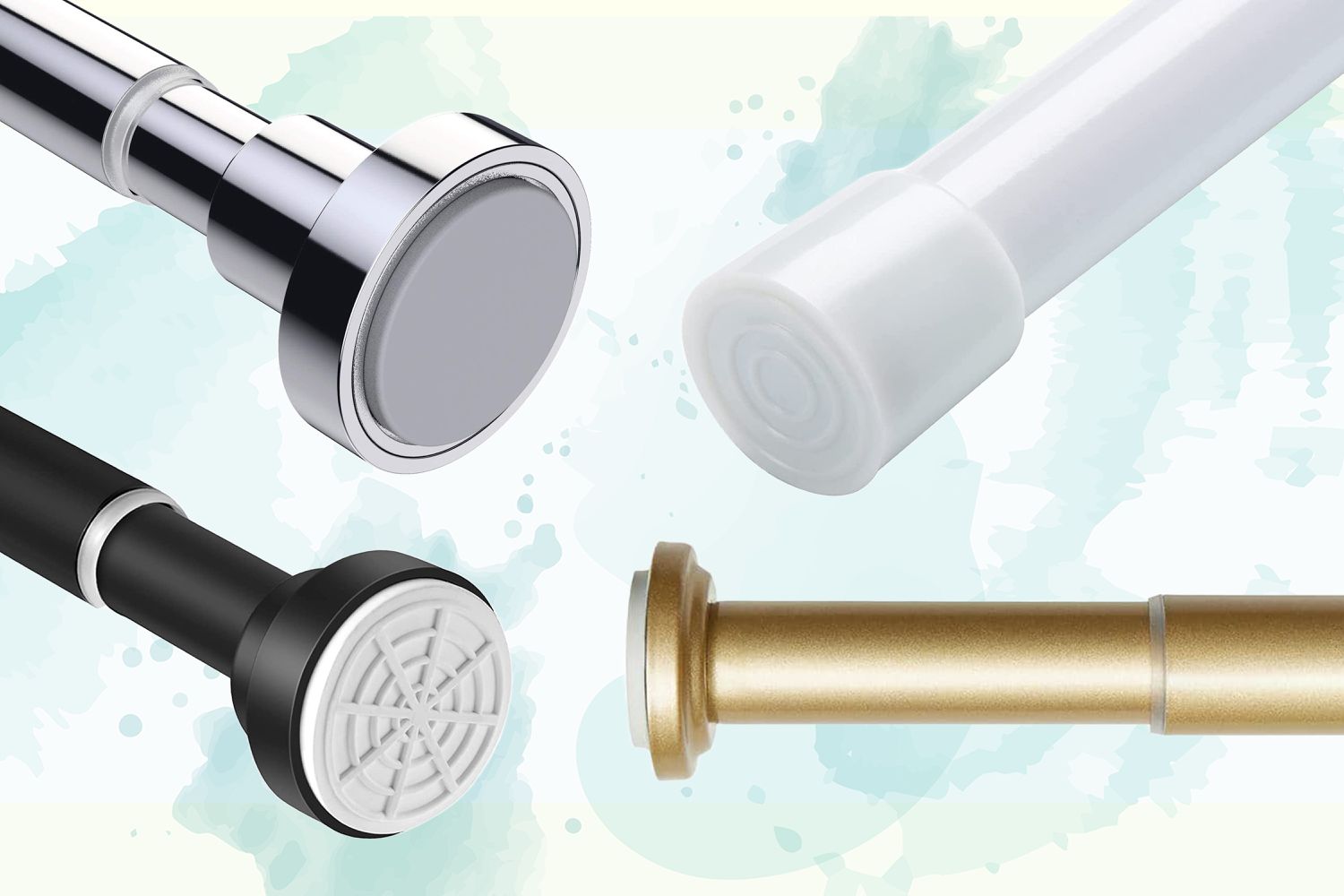
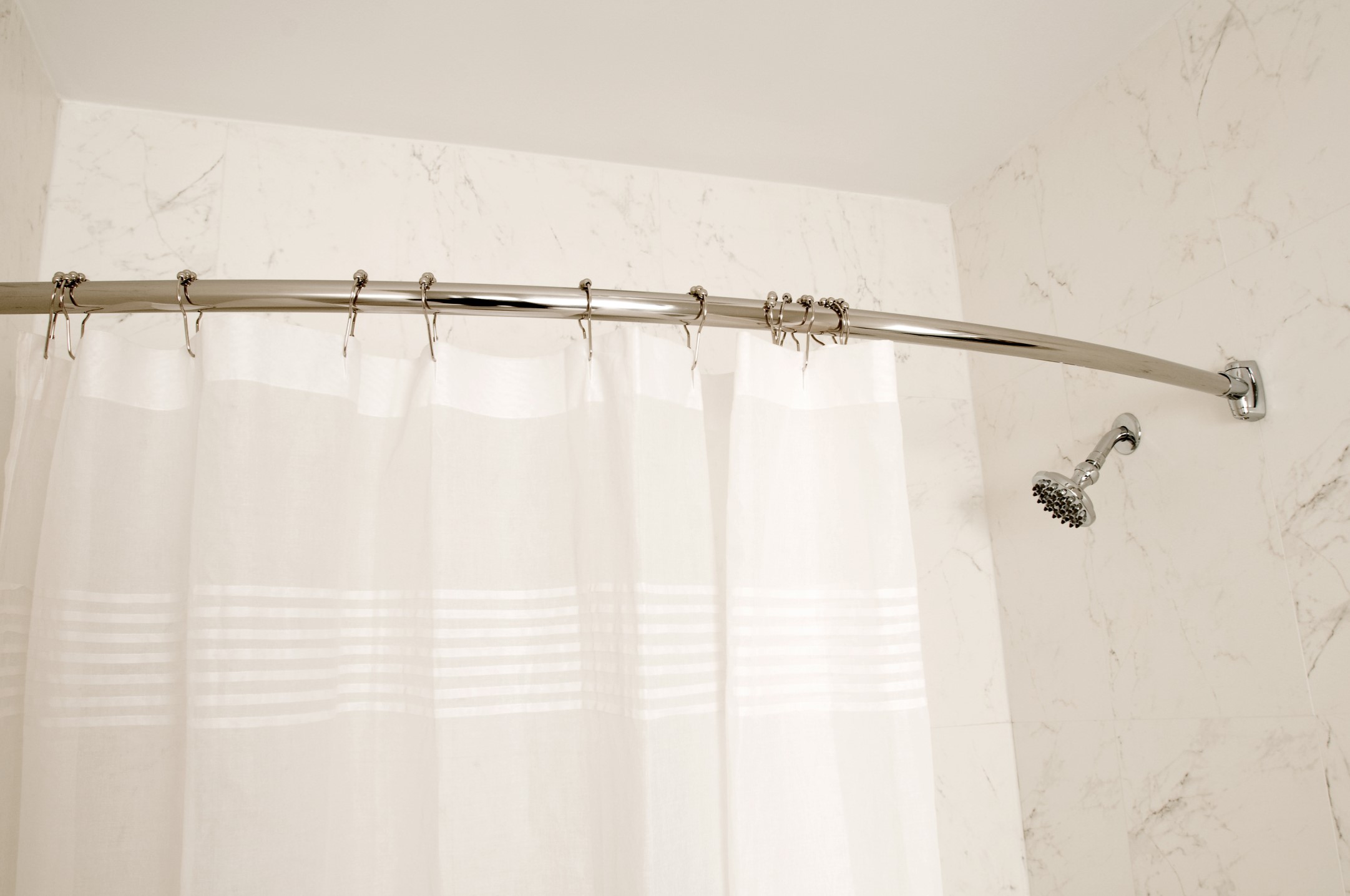
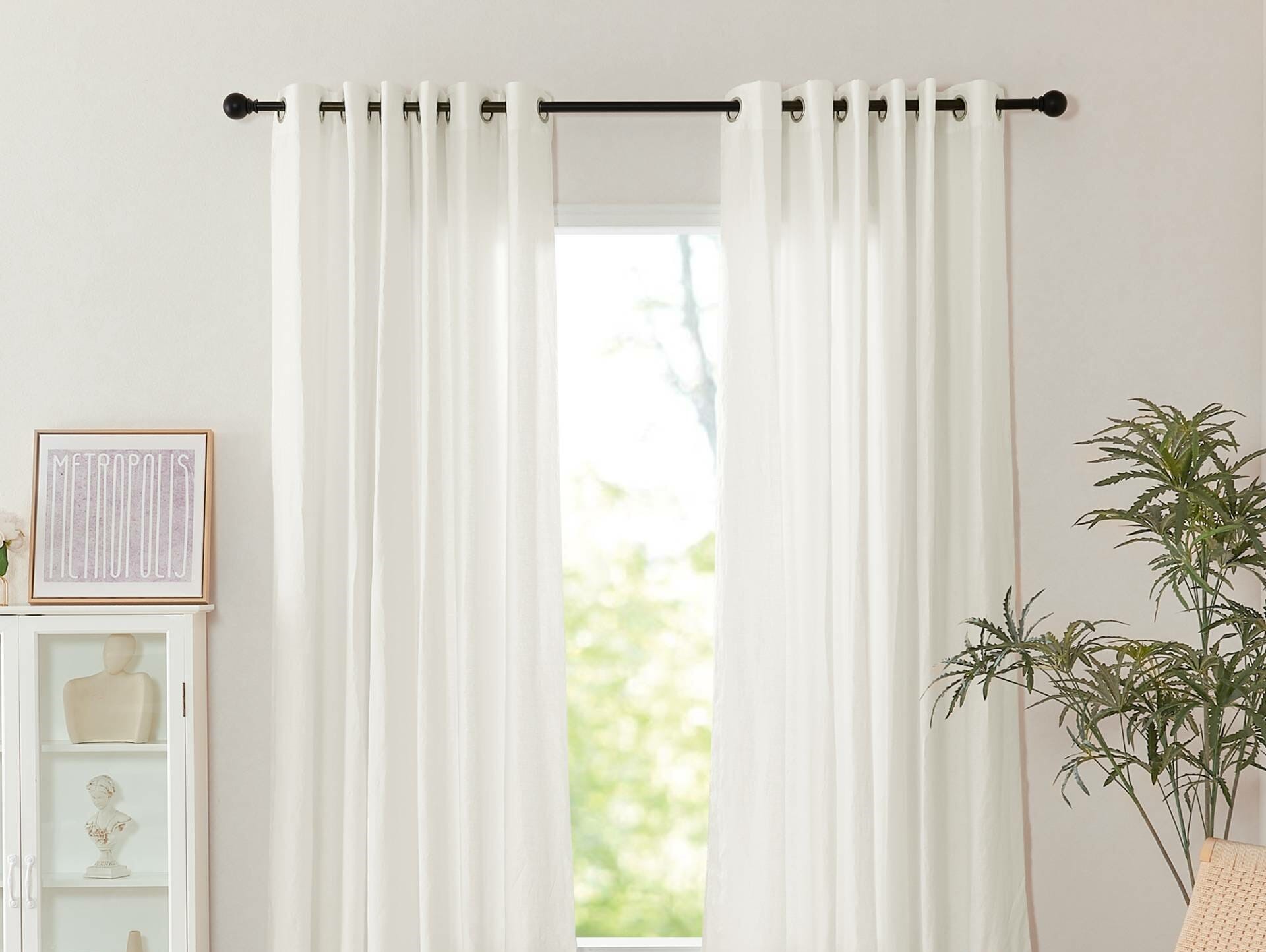
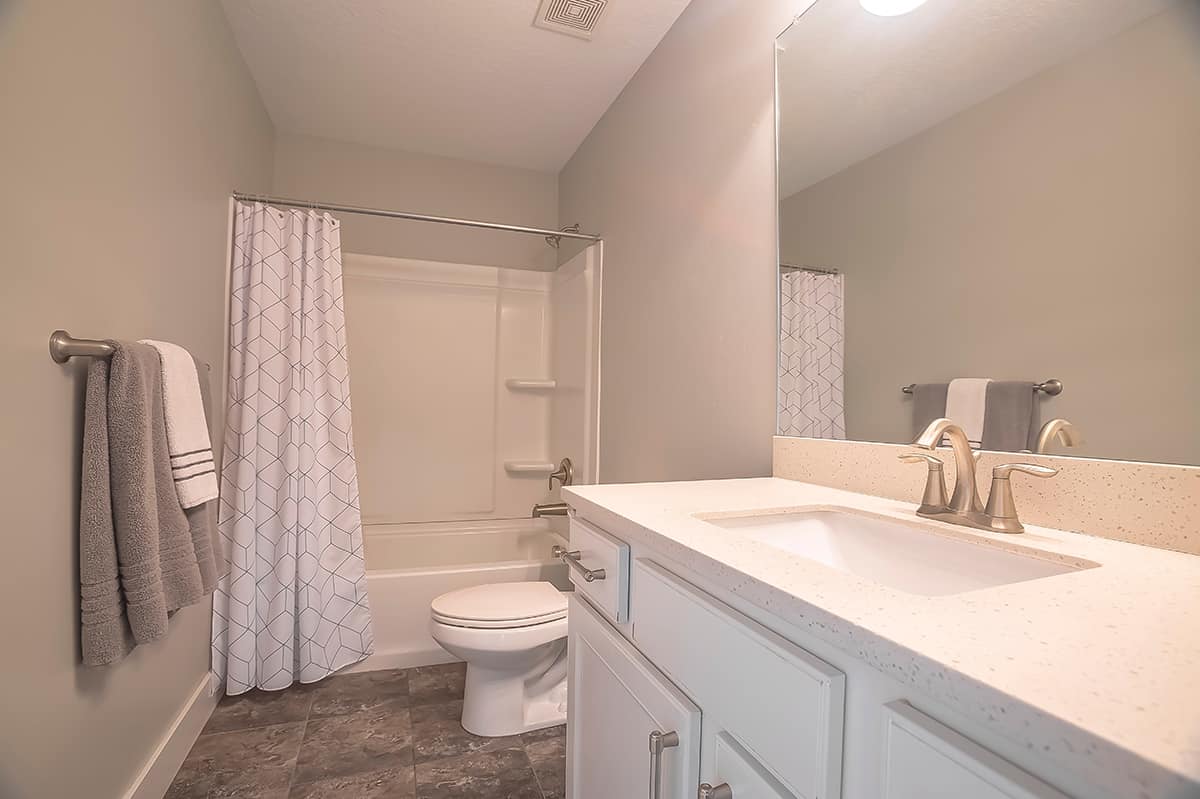
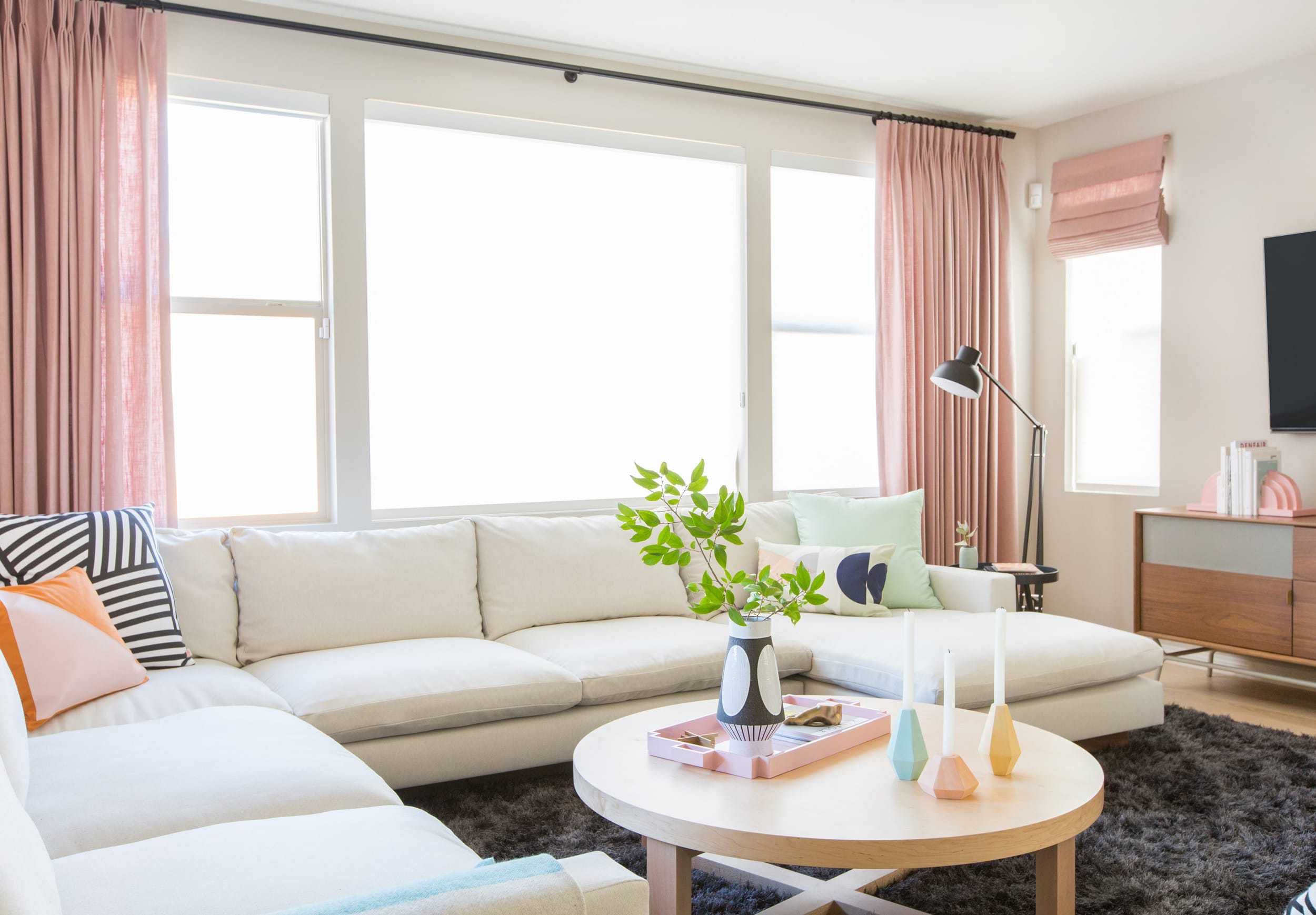
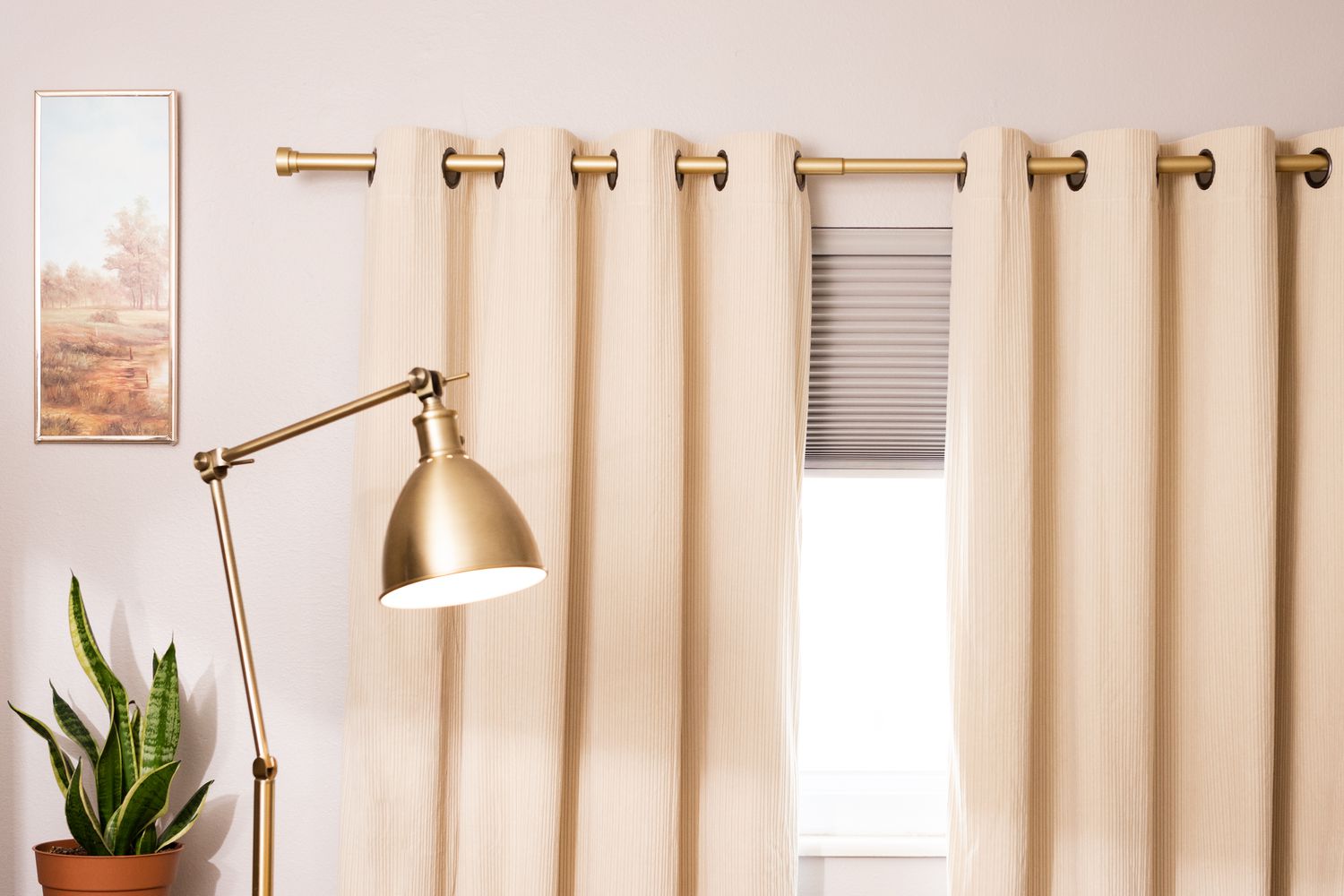

0 thoughts on “How To Use Tension Rod For Curtains”